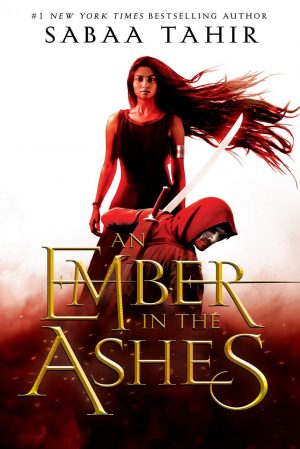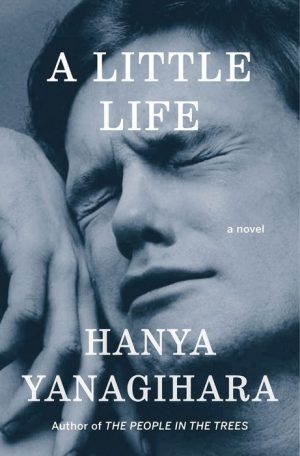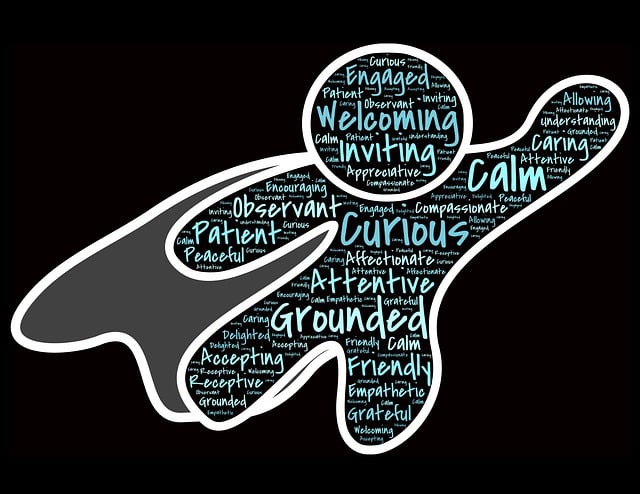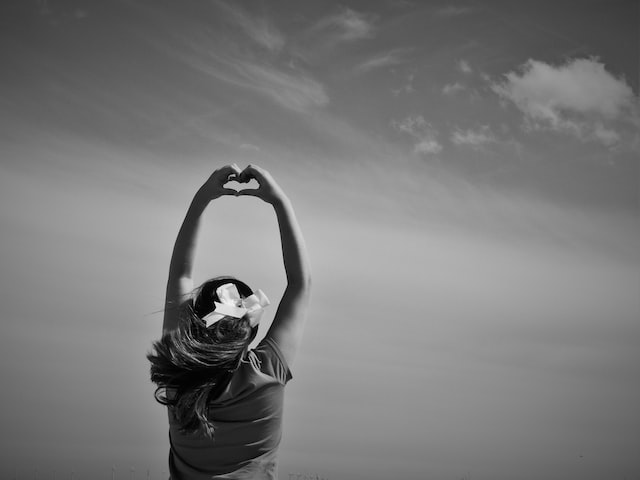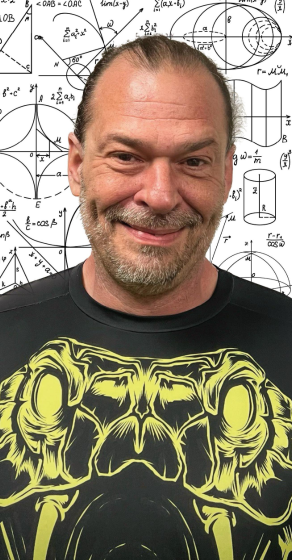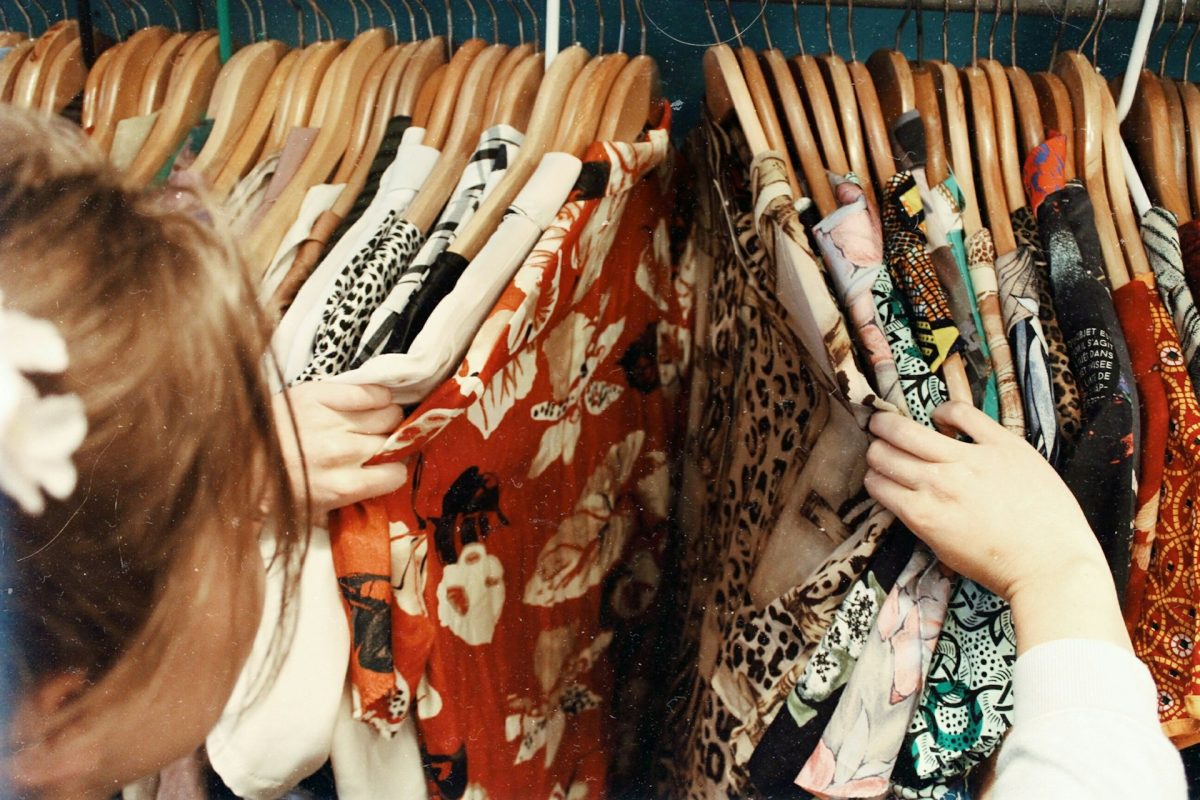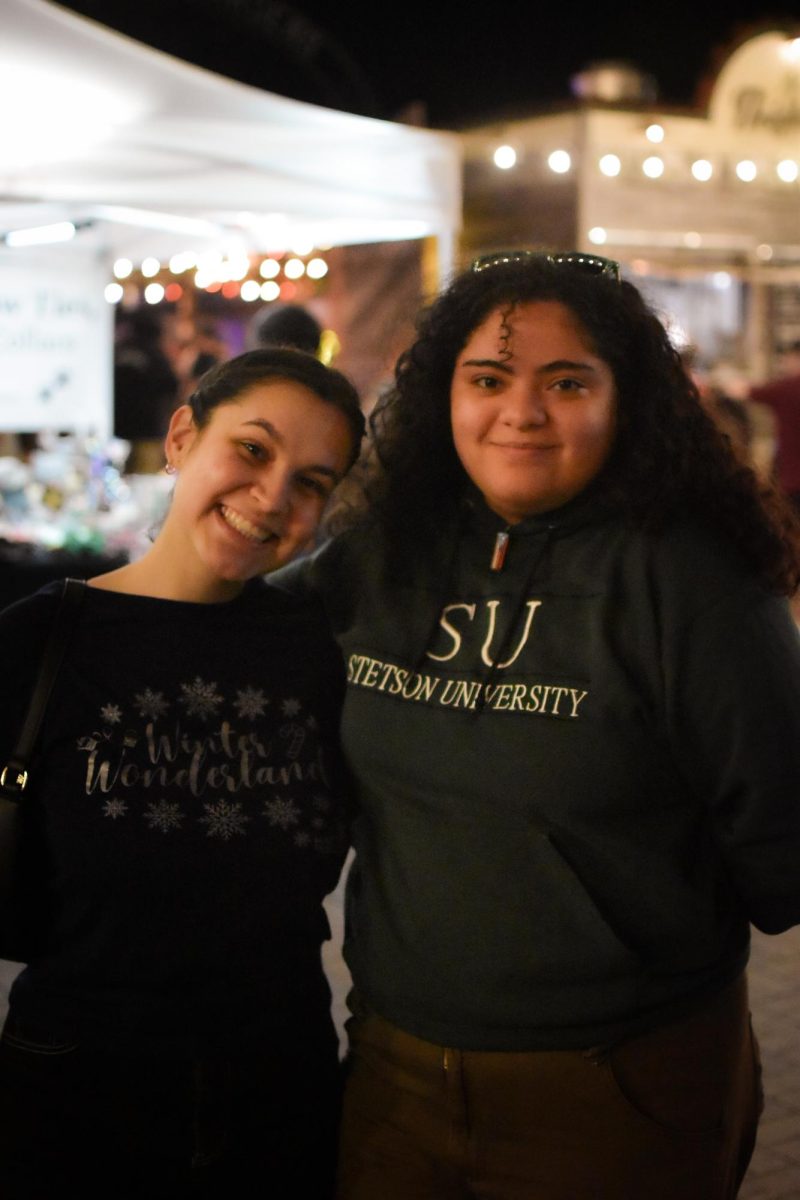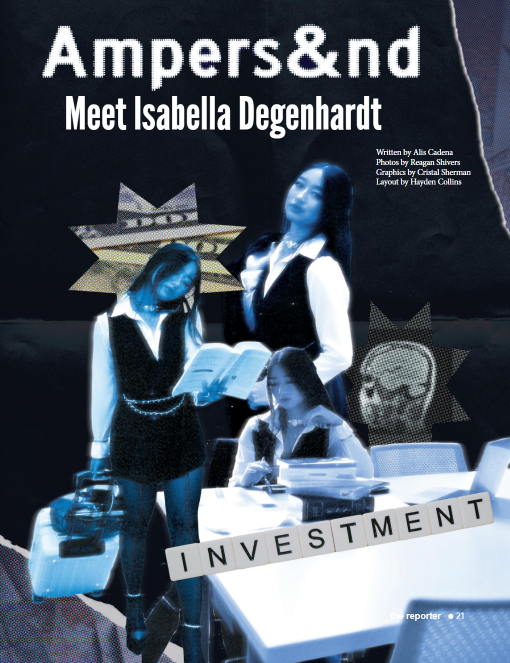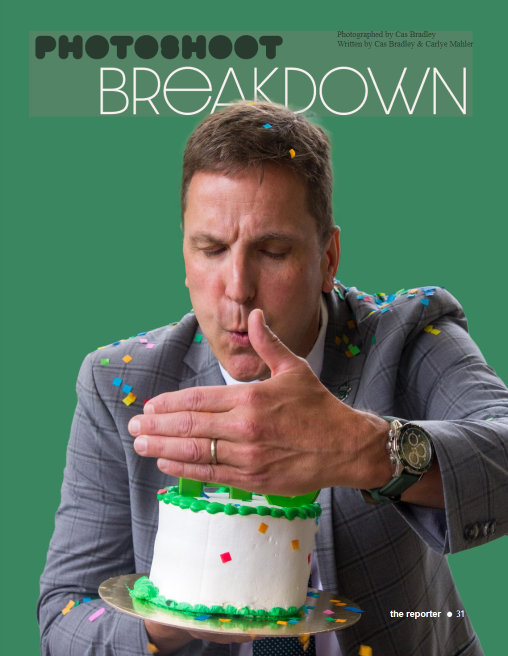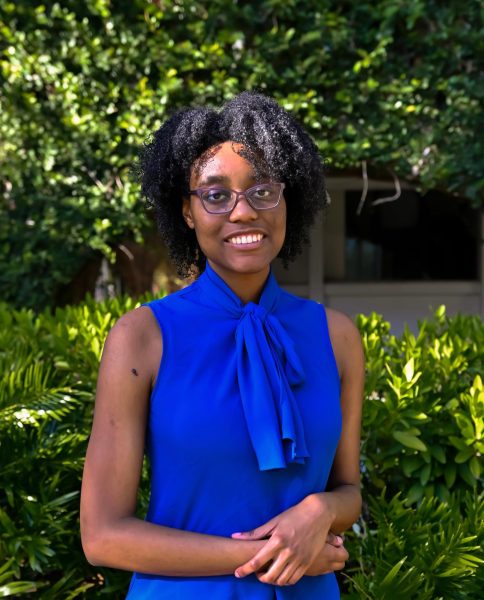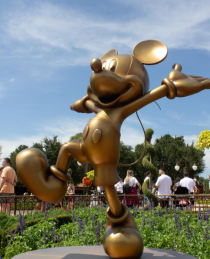
“Where Dreams Come True.”
This is one of the many slogans that has been marketed to audiences by the Walt Disney Company. It’s meant to express whimsy and festivity. It promises us flights of fantasy made real. It invokes sparkles, magic and fairy tales; something that is encapsulated by the iconic Disney castle logo that appears before every one of their movies. Here in sunny Florida, we have our very own real Disney Castle that stands tall in Disney’s Magic Kingdom theme park. It-along with the castle in Tokyo Disneyland- is named Cinderella’s Castle after Disney’s era-defining 1950 animated feature film, “Cinderella”. In October of this year, the simultaneously beloved and reviled company responsible for all this will celebrate the 100th anniversary of its founding.
Disney has already gotten down to celebrating the occasion. Since January of this year, Disney has marked the company’s 100th anniversary by producing dedicated merchandise for the occasion, putting up purple and white embellishments to decorate the parks, and debuting new attractions like the World of Color and Mickey & Minnie’s Runaway Railway. More significantly, Disney plans to release a special short film entitled “Once Upon A Studio” which is essentially a crossover between all the Disney animated movies released these past 100 years.
When Disney entered the scene in the 1920s, the multinational mass media empire was just a mere American cartoon principality founded by brothers Walt E. Disney and Roy Disney. On October 16, 1923, the Walt Disney Company came to life as the Disney Brothers Cartoon Studio before eventually growing into a global media conglomerate by the 1980s. But not everything for the Disney Company in its long history has been all magic carpet rides and magic pumpkins. In the early years of the company, Walt Disney was bamboozled out of ownership rights of intellectual property he created by Margaret Winkler and Charles Mintz in a distribution deal. This included the character of Oswald the Lucky Rabbit-Disney’s only character at the time. Even more unfortunate was Mintz convincing most of Disney’s animators to switch to his employ.
After losing Oswald to Universal Pictures and breaking away from the distribution deal, Walt Disney went on to invent a brand new character to represent the Disney studio. That character was none other than the iconic and magnificent Mortimer Mouse. Yeah, sounds bad, doesn’t it? Luckily enough, Walt’s wife, Lillian, thought the same and convinced him to change it to Mickey instead. Thus, the Mickey Mouse we’ve all come to know and love was brought upon us with Walt giving his voice to the little mouse.
In 1928, Mickey Mouse made his big debut in the short film, “Steamboat Willie.” The short film features the iconic scene of a classic Mickey Mouse whistling away as he mans the helm on a sailing ship. “Steamboat Willie” was significant for being one of the first cartoons that utilized synchronized sound at the time. In 1937, Disney continued its trend of firsts by releasing “Snow White & The Seven Dwarves,” the first full-length animated feature film in the English-speaking world. In the post-WW2 years, Disney found themselves sinking as movies like “Bambi” and “Pinocchio” didn’t turn a profit. In the 1950s, Disney was able to avert going bankrupt thanks to the box-office success of “Cinderella.”
From the beginning, Disney’s central brand identity of magic and storybook tales was already being implemented, with the company making films based on fairytales. Audiences have grown up on movies like “Sleeping Beauty,” “Robin Hood,” and “Mulan” which drew heavily from fairy tales and folklore from around the world. Disney has been able to use fairy tales to make their movies because their original stories exist within the public domain, where works are no longer subject to copyright and are considered the intellectual property of anyone. The Disney Princess brand, one of the most prominent Disney brands, is majorly built on the public domain. This makes it ironic that Disney lobbied Congress to pass copyright laws that have allowed it to keep its characters’ rights for as long as possible and effectively ruin the public domain– way to kick down the creative beanstalk, Disney.
Disney has branched out from doing simply animated fairy tale movies. Films like “Toy Story,” “Inside Out,” and “Elemental” show the company’s dedication to the concept of anthropomorphism, which describes the attribution of human traits to non-human entities. Since the beginning of the 2010s, Disney has devoted time and money to franchises like Marvel and “Star Wars.” Disney’s endeavors with the former have been very successful as the MCU is one of the highest-grossing movie franchises in movie history. Through its streaming platform, Disney+, Disney has blessed “Star Wars” fans with beloved projects like “The Mandalorian” and “Ahsoka”.
Florida residents can’t talk about Disney without mentioning anything about Disney World. Walt Disney World Resort in Orlando, Florida is the pinnacle of Disney parks. Besides being the flagship location for Disney’s entire corporate enterprise, Walt Disney World Resort is one of the most visited vacation resorts in the entire world and the largest single-site employer in the United States. Within its Mickey Mouse-plastered blue walls, Walt Disney World contains not only one theme park, but four theme parks, several water parks and hotels as well. Each theme park has its own thing going on; Magic Kingdom is all fairytale, Animal Kingdom is zoological, Hollywood Studios is all about show business, and Epcot is a permanent world fair. Going to a Disney park is core memory
Disney is a powerful steerer of pop culture in America and around the world. As such, it should be no surprise that Disney and their products often find themselves becoming the site of culture wars. This can mostly be seen in the online discourses about “Star Wars”, MCU movies and the live-action remakes where many angry internet users accuse Disney of going ‘woke’. This trend has seen actresses and actors of color in these movies be targeted and sometimes run off the internet. For example, Vietnamese-American actress Kelly Marie Tran fell victim to a racist-misogynist hate train following her playing Rose Tico in “Star Wars: The Last Jedi.” To this day, Tran still hasn’t posted anything on her Instagram.
Even besides the culture wars, there has been a great amount of criticism layered against Disney and its business practices. The company has fallen under fire for things like underpaying its theme park workers, its monopoly-like practices and for trying to trademark Dia de Los Muertos. The growing antipathy toward the Disney brand hit a new octave with the hostile cultural reaction to the phenomenon of “Disney Adults”. A “Disney Adult” describes an adult who is a devout Disney fan. These people regularly visit the Disney Theme Parks, buy as much Disney merchandise as they can possibly afford and make Disney their entire personality. Disney Adults have become the punching bags of the internet, with the popular perception of them being privileged and immature individuals with a near-fanatical devotion to a soulless corporation that only cares about making a buck.
After 100 years, the Walt Disney Company continues to rule the world with a gloved fist. Despite its fairy tale image, Disney is not all fairy godmothers and animal sidekicks. At the end of the day, Disney is a business, and they care about making their bottom line so they can continue swimming in gold like Scrooge McDuck. Despite this, many worthwhile things have come from the company, and we cannot deny the effect it has had on us all. Most of us were raised on Disney. We watched the films, sang the songs like “Let it Go” and “Hakuna Matata” at the top of our lungs, dressed as its characters for Halloween and went on adventures in their theme parks while sporting mouse ears. In fact, many of us still do and we shouldn’t deny our enjoyment in these activities. So, take the bad with the good and embrace your inner child. Besides, the likelihood of Disney going away is very low, and the chance that the mouse will outlast us all is higher


